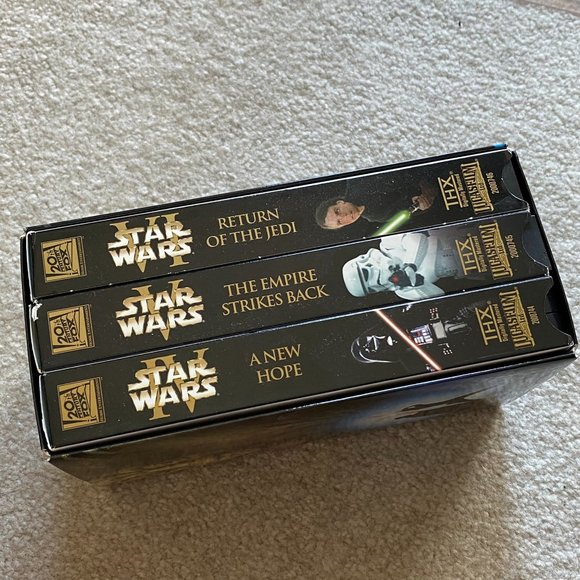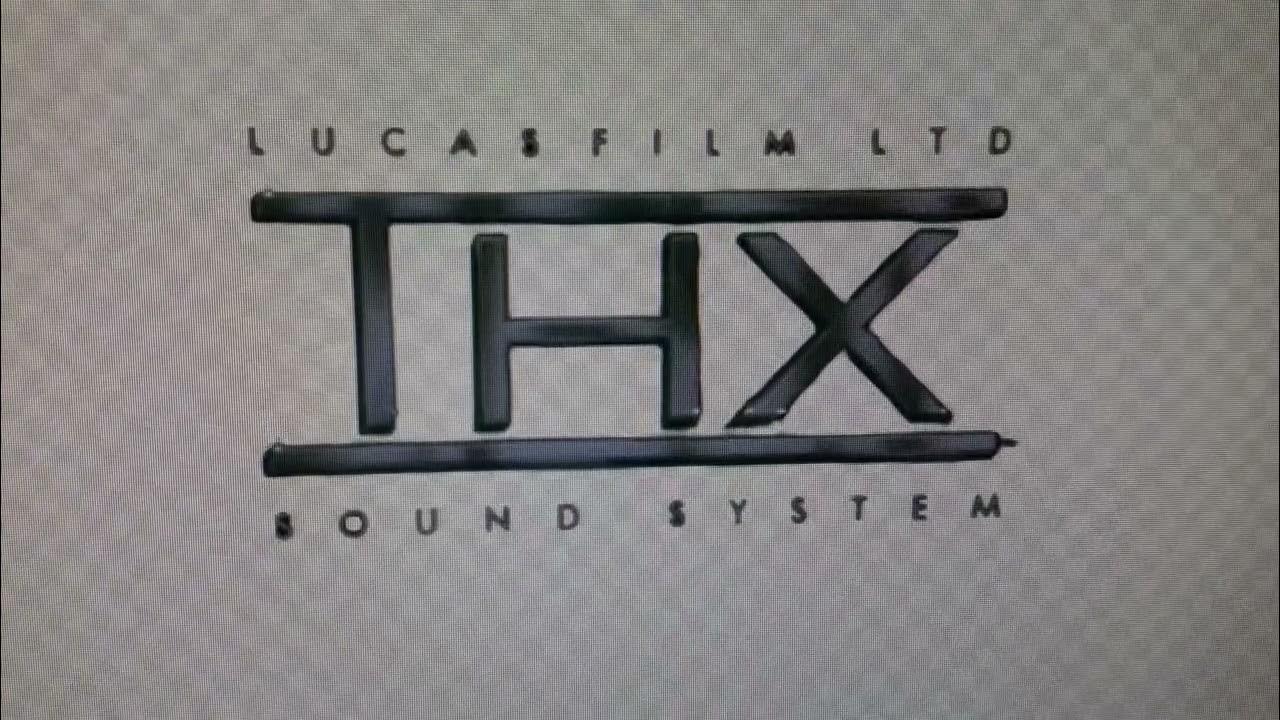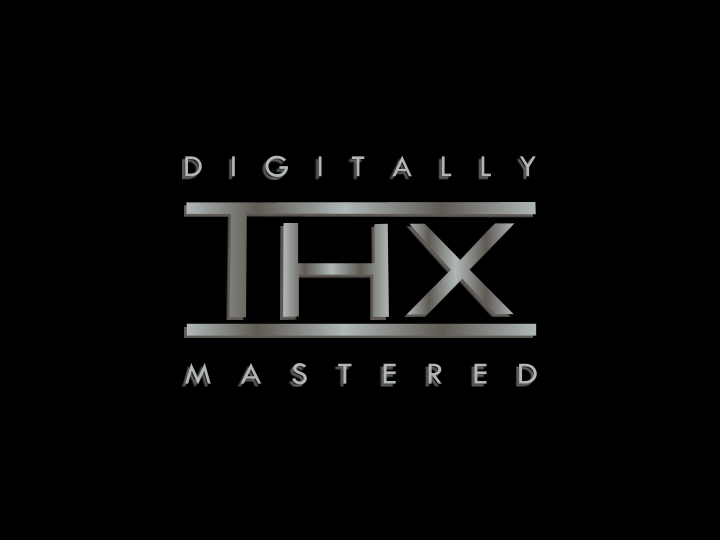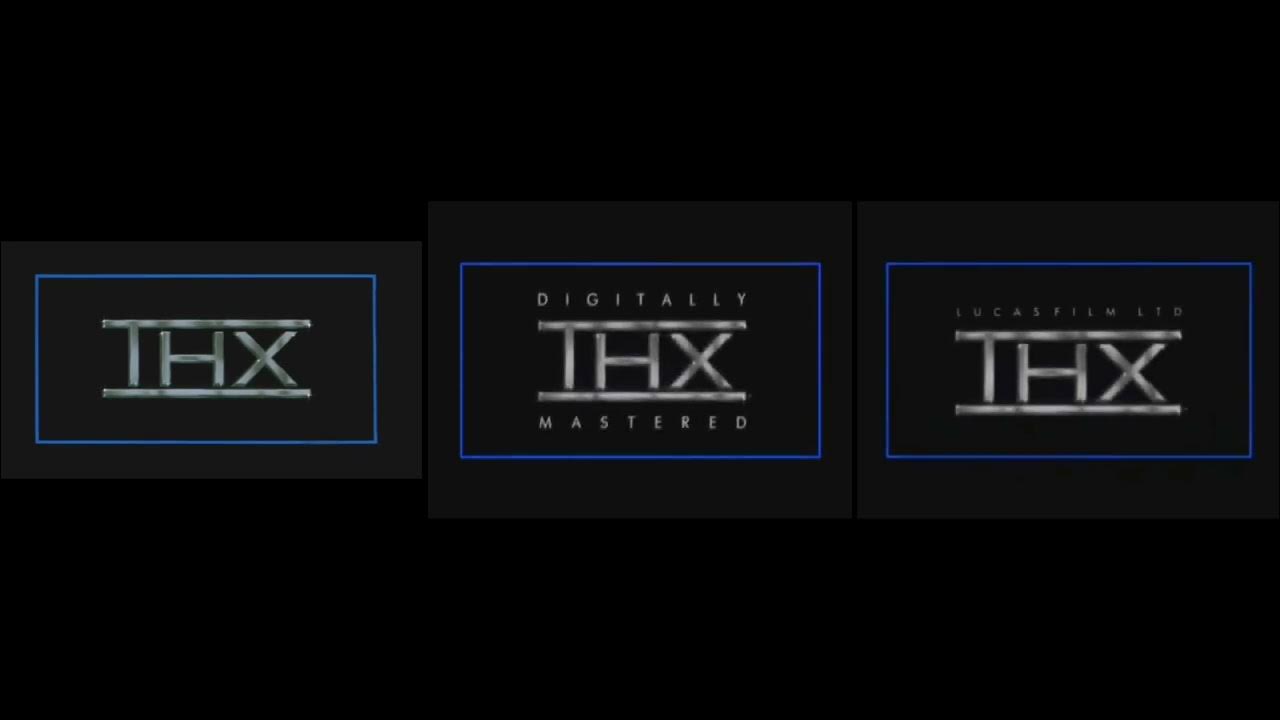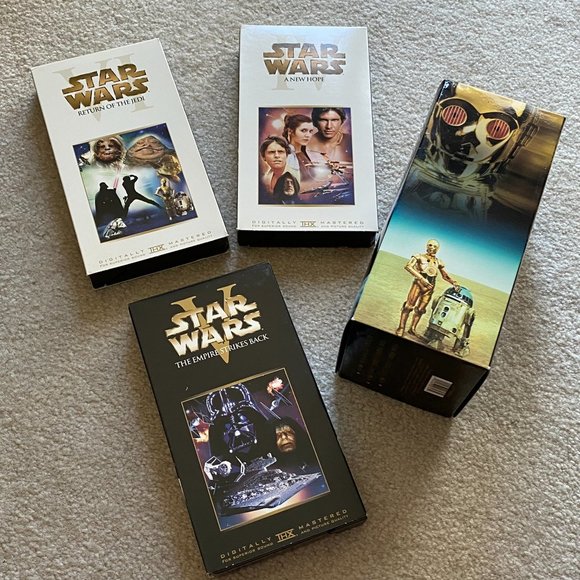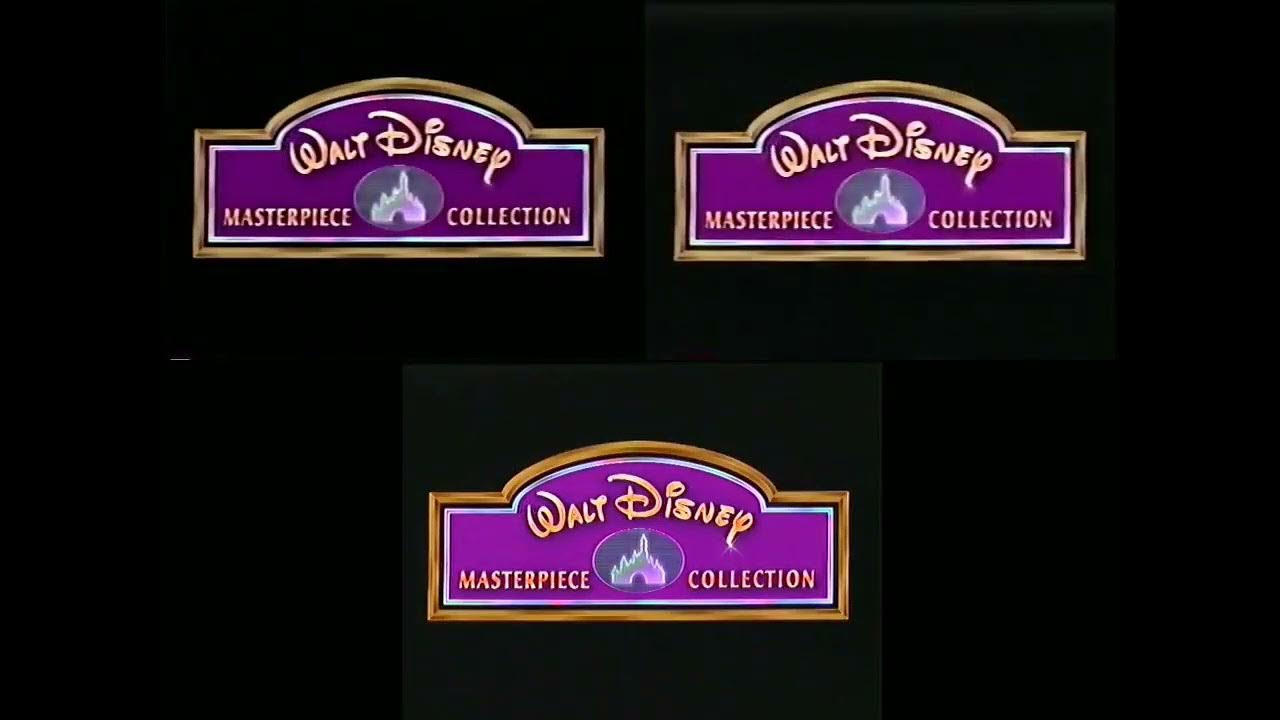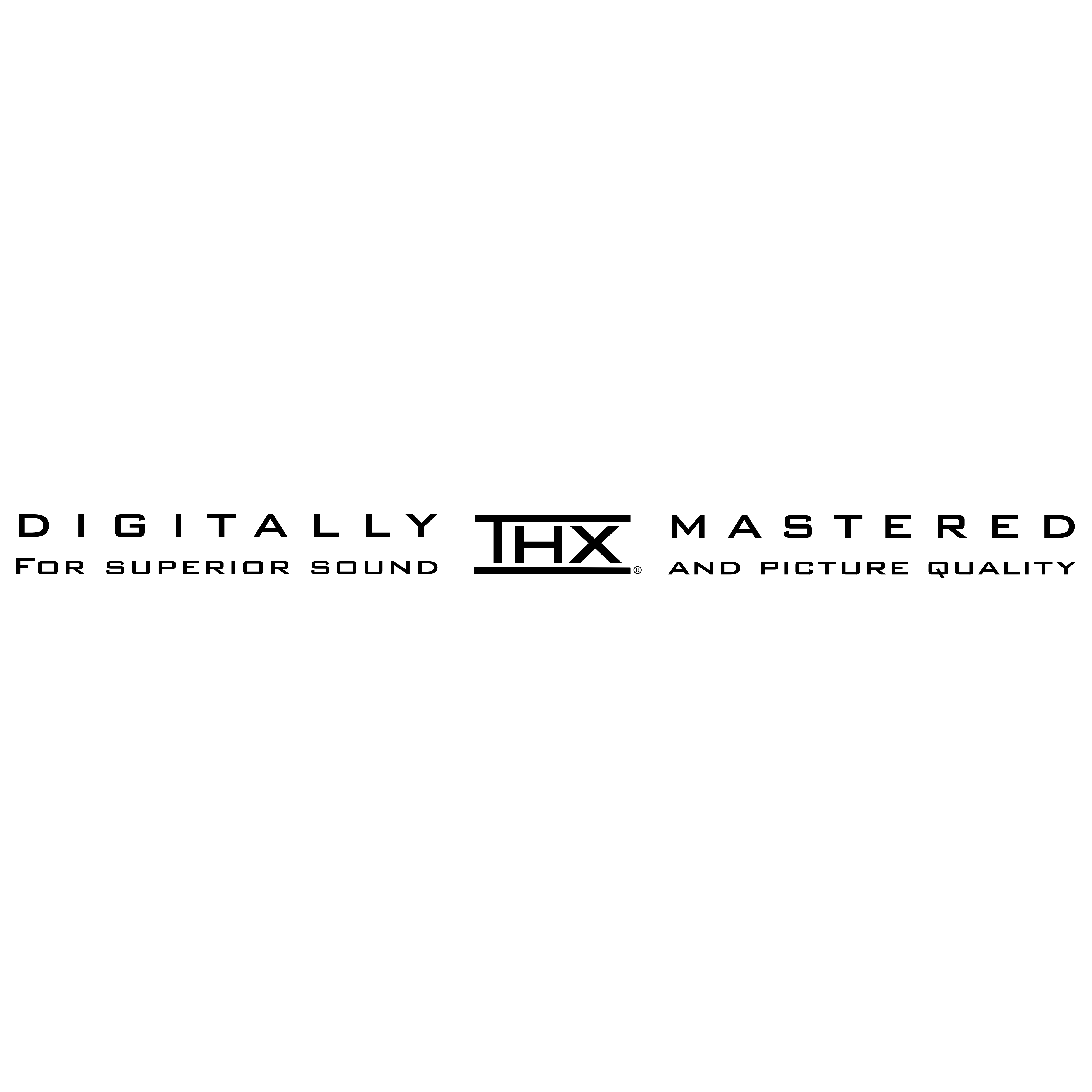Lucasfilm Ltd Thx Digitally Mastered

Imagine the year is 1983. The scent of popcorn hangs thick in the air as the lights dim. The rumble in your chest builds, not just from anticipation, but from the very sound system itself. Then, BAM! The Star Wars logo explodes onto the screen, the accompanying fanfare engulfing you, rattling your seat, making you feel like you're about to embark on an intergalactic adventure. This, in no small part, was thanks to the pioneering work of Lucasfilm Ltd. and its groundbreaking audio certification program: THX.
At its core, THX, originally a set of standards for cinema audio playback, represented a commitment to delivering the filmmaker's vision with unparalleled fidelity. It sought to ensure audiences experienced films the way the directors and sound designers intended, free from distortion and inconsistencies. But how did this all come about, and why did it leave such an enduring mark on the world of cinema and home entertainment?
The Genesis of Great Sound
The story begins with George Lucas himself. Dissatisfied with the inconsistent audio quality he encountered in theaters, particularly during the initial release of Star Wars: A New Hope, Lucas tasked Tomlinson Holman with improving the sonic experience.
Holman, a brilliant audio engineer, assembled a team at Lucasfilm to research and develop a set of standards that would guarantee a consistently high-quality audio presentation.
Beyond the Buzzword: The Technical Underpinnings
THX wasn't just a logo; it was a meticulous collection of technical specifications. These covered everything from speaker placement and acoustic treatment to amplifier power and signal processing.
The goal was to minimize distortion, optimize dynamic range, and create a more immersive and believable sound field. The THX team developed specific tests and equipment to assess these parameters in cinema auditoriums.
Successfully meeting these stringent criteria meant a cinema could proudly display the THX logo, assuring audiences of a premium audio experience.
This original focus on cinemas helped to elevate the standards across the board. Studios and theater owners became more aware of the importance of sound quality, leading to better equipment and practices.
From Cinema to Home: Digitally Mastered and Beyond
The impact of THX wasn't limited to cinemas. As home theater systems became more sophisticated, Lucasfilm expanded the THX program to include home audio equipment.
This meant that consumers could purchase THX-certified speakers, receivers, and other components, confident that they would deliver a reference-quality audio performance in their own homes.
Furthermore, the rise of digital media, specifically DVDs and Blu-rays, provided the perfect platform for enhancing audio quality.
The "THX Digitally Mastered" logo became a hallmark of high-quality audio encoding, indicating that the audio track had been carefully processed and optimized for playback on THX-certified equipment.
“The goal of THX is to make sure the sound you hear in the theater is the same sound that the filmmaker heard in the mixing studio." - Tomlinson Holman
This process involved noise reduction, equalization, and other techniques to improve clarity, dynamic range, and overall fidelity. It also ensured consistency across different playback systems.
A Lasting Legacy
While the audio landscape has continued to evolve, with the advent of immersive formats like Dolby Atmos and DTS:X, the legacy of THX remains significant.
It helped to raise awareness of the importance of audio quality and established a benchmark for excellence in both cinema and home entertainment.
The pursuit of pristine sound and the commitment to faithfully reproducing the filmmaker's vision, values championed by Lucasfilm and THX, continue to inspire audio engineers and enthusiasts today.

